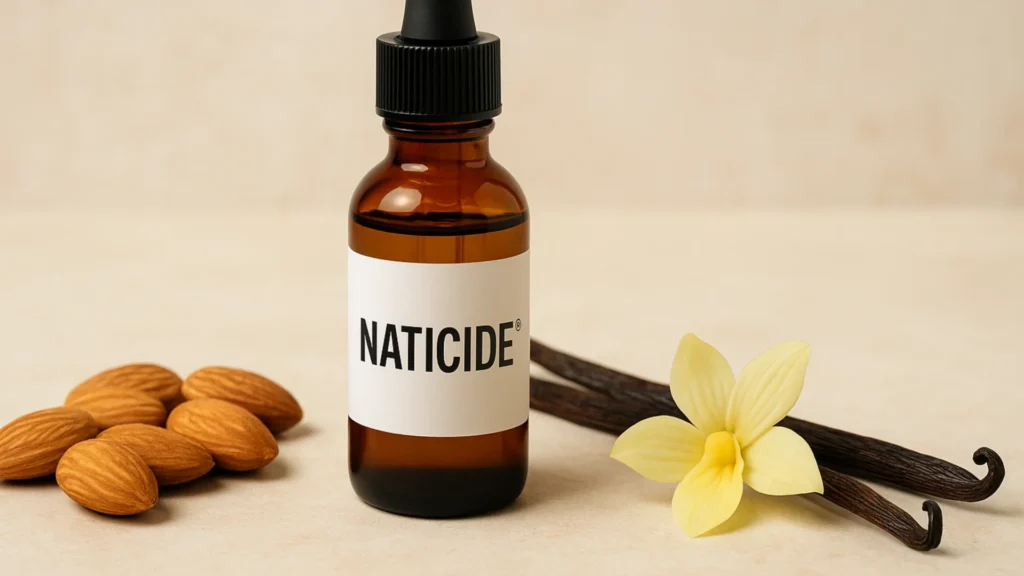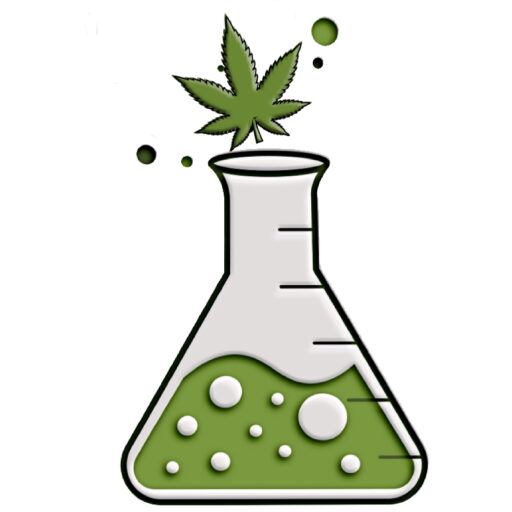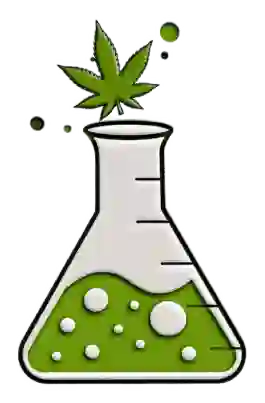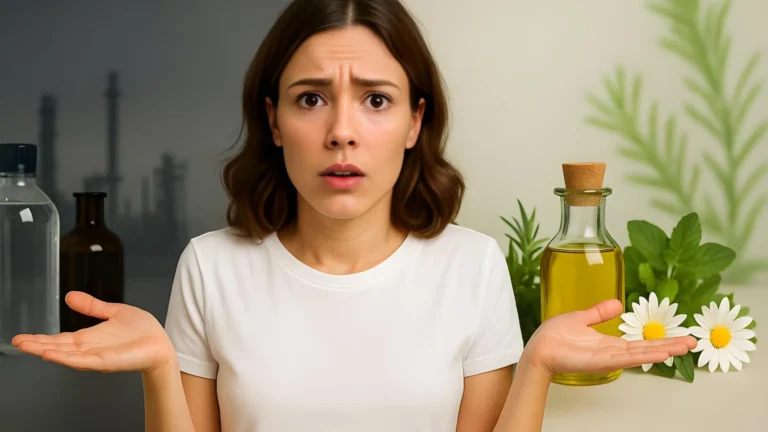Natural preservatives in cosmetics are one of the hot topics of this decade. What do you mean by natural? This means different things to different people.
Table of Contents
I remember this cosmetic seminar I attended, and there was this one guy who just suddenly stood up and started ranting. He was really over it with all these “green, eco-hippies” whining about pesticides and herbicides! It was unexpected, to say the least! He went on to say that if you want to avoid herbicides and pesticides completely, then you might as well embrace the oil industry and the chemicals found in cosmetics.
This shocked the audience at the organic cosmetics conference, but Mr Angry made a valid, though uncomfortable, point. His logic said that crude oil was created millions of years ago before the dinosaurs walked the earth. Trees fell over and vegetation rotted, and over the millennia, became crude oil. He was spot on about there being no herbicides and pesticides back in the dinosaur age. Maybe us eco-friendly folks (yep, I’m one of them too) need to take a step back and really nail down what we mean when we talk about these things.
Maybe “Natural” Means That It Has Not Been Processed?
Take a moment to explore Roman Chamomile Essential Oil. That’s safe for babies and has been around for ages, and surely everyone knows it’s natural? The component that makes Roman Chamomile Essential Oil so anti-inflammatory is Azulene. This does not exist in the plant. Azulene is created after the plant has been cut and chopped and steam distilled. Azulene is chemically produced in the essential oil only at that moment. So, it has been processed. Perhaps we need yet another definition?
I’m not going to give you an answer here simply because, at the moment, there is no easy answer. When it comes to natural preservatives in cosmetics, it’s really all about finding your own sweet spot on the scale. You’ve got to figure out where you feel most at ease and stick with that. These are some of the natural preservatives that I am comfortable with. For sure, some may seem like a compromise, but the alternative is to make your cream or lotion and keep it in the fridge for 3 days and then throw it away.
Euxyl® PE 9010
Euxyl® PE 9010 is a liquid preservative made up of 90% Phenoxyethanol and 10% Ethylhexylglycerin. It’s seen as a natural choice for preservatives in cosmetics because it’s gentle yet still effective against both Gram-positive and Gram-negative bacteria, plus yeast and mould. It is also known as Plantaserve E.
Furthermore, it works well with a wide range of products and is not pH sensitive. It is effective in anionic, cationic, and non-ionic systems, but less so in products with many ethoxylated surfactants. It has limited solubility in water and is moderately soluble in Glycerin and Sorbitol.
Use levels are between 0.5% and 1.1%. For most applications, I use 1%, going only to 1.1% when using a herbal infusion or decoction. This should give your product a shelf life of 12 to 18 months. It does have some heat tolerance, but I add it at the Cool Phase to minimise evaporation. It should be stored in a cool, dry place between 8 °C to 25 °C / 46 °F to 77 °F.
Geogard® ECT
Geogard® ECT is a liquid preservative and is also known as Preservative Eco, Mikrokill Eco, and Plantaserve M. The INCI is Benzyl Alcohol (and) Salicylic Acid (and) Glycerin (and) Sorbic Acid. It is considered a natural preservative for cosmetics because the Soil Association has approved its use in organic products, even though it isn’t organic itself.
It’s water-soluble and the manufacturers say it is low odour – that’s a matter of opinion! It is compliant with Ecocert and Cosmos and is accepted by the NPA.
It works well at a pH of 3 to 8, ideal for most personal care products, except some non-ionic surfactants like Decyl Glucoside. The downside is that it has salicylic acid, making it unsuitable for leave-on products like creams for children and babies. However, it’s totally okay to use in rinse-off products, like shampoos.
In some situations, metal ions (specifically iron) can react with the Salicylic Acid component of the preservative. An example of this could be when you use Patchouli Essential Oil in a cream or lotion and the cream starts to turn pink. Some specific varieties of Patchouli are higher in iron than others, and cause this colour change. This can be corrected by using a lighter Patchouli.
Use levels are between 0.6% and 1%, and this will give your products a shelf life of 12 to 18 months. It is not heat tolerant, so I add it at the Cool Phase. It should be stored in a cool, dry place between 8 °C to 25 °C / 46 °F to 77 °F.
Saliguard® PCG / Plantaserve P
Saliguard® PCG is a liquid preservative, and its INCI is Phenoxyethanol (and) Caprylyl Glycol (and) Propylene Glycol. It has broad-spectrum activity against bacteria, yeast, and mould. It is commonly referred to as Plantaserve P. It’s found in various leave-on creams and lotions, as well as rinse-off products like shampoos, shower gels, bubble baths, and hair conditioners. It has little to no smell, making it perfect for fragrance-free use or when you want to avoid other scents. It is effective in anionic, cationic, and non-ionic surfactants and emulsifiers. It is also water-soluble.
Use levels are between 0.5% and 1%, and it is effective in a wide pH range of pH 3 to pH 10. The maximum heat tolerance is 60 °C, so add it in the Cool Phase when making emulsions. It should be stored in a cool, dry place between 8 °C to 25 °C / 46 °F to 77 °F.

Naticide®
Naticide® stirs up quite a few debates in the natural formulation world. Naticide® is a liquid ingredient whose INCI is simply listed as “Parfum”, which most people understand to mean just “fragrance”. That’s because it’s technically a blend of naturally derived aromatic compounds, mainly sourced from almond and vanilla plants.
It has a delicious scent, warm and sweet like a comforting vanilla-almond dessert. This not only serves as a mild natural preservative but also adds a soft, natural fragrance to your products.
It is accepted by Ecocert and COSMOS for organic products, making it a popular choice for formulators seeking natural preservatives in cosmetics. So, since it’s listed as a “fragrance”, they actually don’t have to call it a preservative on the label. That can seem a little underhanded if you’re really looking for full honesty about what’s in your products.
Naticide® works best in emulsions, lotions, and creams, and it offers good protection against bacteria, yeast, and mould. That said, it’s not considered broad-spectrum enough for high-risk, heavily water-based formulations unless combined with other preservation strategies.
It is NOT suitable if you want a fragrance-free product, because the sweet scent is noticeable! It’s ideally suited for products that complement a vanilla-almond fragrance. If you’re making something herbal, citrusy, or unscented, it might clash a little. That type of fragrance makes you think of soft, gentle, and suitable for babies, which is where the problem comes in. An eco-conscious parent might find a product labeled as preservative-free, but it still contains perfume, which they prefer to avoid.
Add it during the Cool Phase, ideally below 45°C (113°F), with recommended use levels of 0.3% to 1%. It’s effective across a wide pH range (pH 4–9) and it gives a shelf life of 12 to 18 months when properly used.
Naticide® should be stored at between 8°C to 25°C (about 46°F to 77°F), tightly sealed, and in a cool, dry, dark place away from direct sunlight. If temperatures regularly exceed 30°C (86°F), it can degrade more quickly, reducing its antimicrobial effectiveness and natural fragrance.
Is Glycerin a Natural Preservative?
No, it’s not – most of the time. I know that sounds like a politician’s answer. In very large amounts, it acts as a natural preservative because its sweetness prevents bacterial growth. However, at those levels, the product feels very sticky and unpleasant on the skin. Sucragel AOF is a specific emulsifier high in glycerin, used to emulsify vegetable oils. That is an exception rather than the rule, though.
This Solid Facial Oil formula includes butters, oils, and Vitamin E. Many people mistakenly believe that Vitamin E acts as a natural preservative. IT IS NOT! Vitamin E is an antioxidant that helps prevent products from oxidising and going rancid, thus extending their shelf life. It’s not a preservative since the formulation doesn’t need one, as it contains no water.
Conclusion
Choosing natural preservatives in cosmetics is about understanding your options and finding what works best for you and your formulations. Whether you choose something plant-based like Naticide®, a certified option such as Geogard® ECT, or a mix of natural antimicrobials, what really matters is that you’re informed and make your choice with purpose.
The whole scene with natural preservatives in cosmetics is shifting pretty fast. It’s opening up new options, but it also means we have to be more careful about what we use. Always prioritise the safety, stability, and honesty of your products. There’s no one-size-fits-all answer, and that’s what makes natural formulation so exciting. No matter where you fall on the whole “natural” thing, just make sure it vibes with what you believe in. It’s all about keeping your products safe, working well, and being enjoyable to use.
FAQ
What are natural preservatives in cosmetics?
Natural preservatives are ingredients derived from plants, fermentation, or minerals that help prevent microbial growth and extend the shelf life of cosmetic products.
Do natural preservatives work as well as synthetic ones?
Natural preservatives in cosmetics must be proven effective and safe by regulatory bodies like COSMOS. It is always best to follow good manufacturing process and proper formulation hygiene.
What are examples of natural preservatives for skincare?
Common examples include Euxyl® PE 9010, Geogard® ECT, Saliguard® PCG, and Naticide®. Their names certainly don’t sound natural, but they have been approved as such.
Can I make preservative-free natural skincare at home?
You can make oil-only products without a preservative, but anything containing water (like creams, lotions, or toners) needs a proper preservative to be safe.
Is vitamin E a preservative in cosmetics?
No, vitamin E is an antioxidant. It slows oil oxidation but does not prevent bacteria, yeast, or mould growth.
How do I choose the right natural preservative for my formulation?
Consider the product type (oil, water, or both), pH, and storage conditions. Always check supplier recommendations and test your formula for stability.
Are essential oils enough to preserve my skincare products?
Essential oils have some antimicrobial properties, but they are not reliable as sole preservatives for water-based products.

If you liked this blog post, I would love it if you shared it with a friend.
If you use Pinterest, please pin this post.
*As a POT by NOIDS affiliate, I earn from qualifying purchases.
*As an Amazon Associate, I earn from qualifying purchases.

